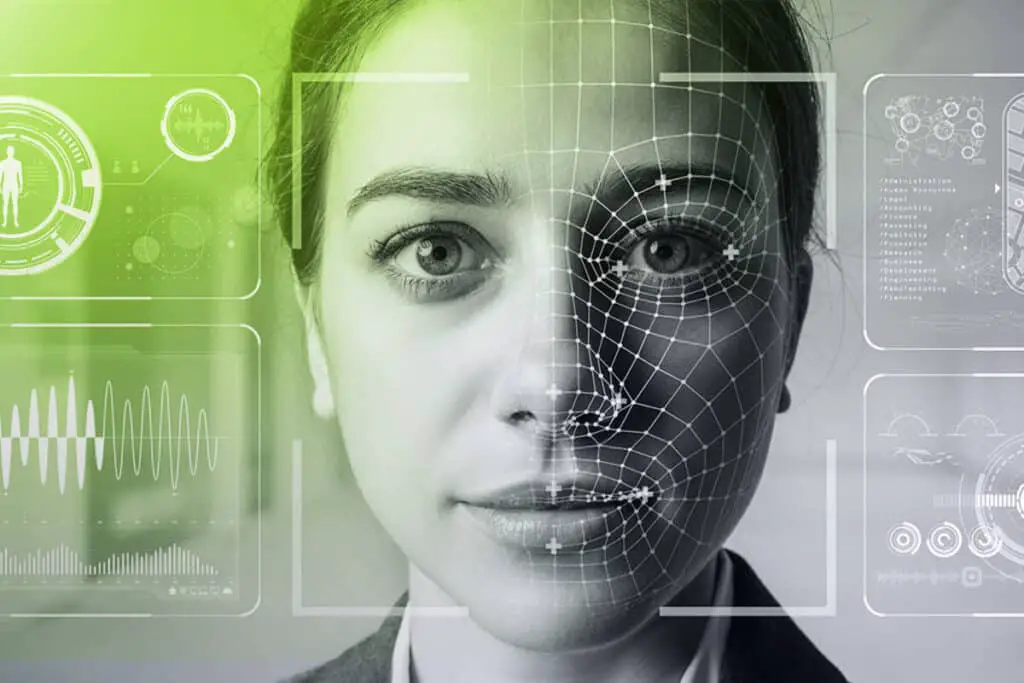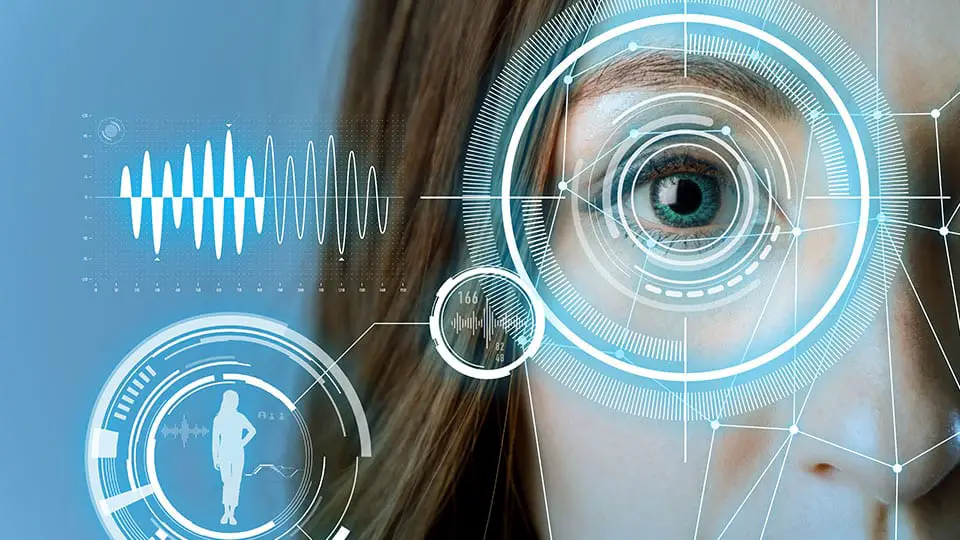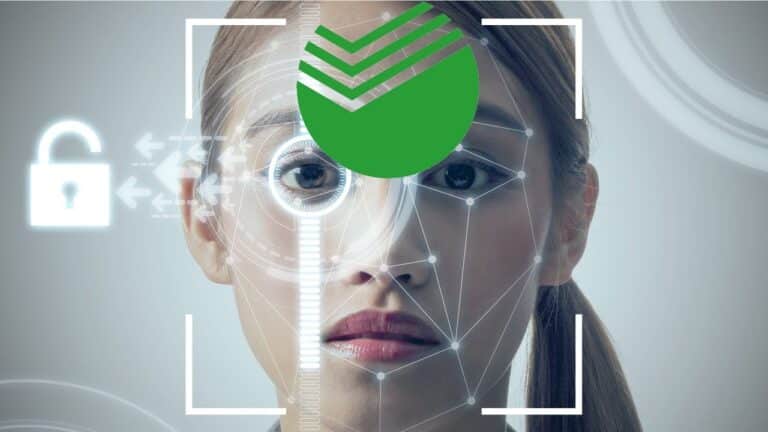Introduction
Biometric records have emerged as a revolutionary solution, offering a unique and intricate way to authenticate individuals based on their distinct physiological and behavioral traits. Unlike traditional forms of identification such as passwords or PINs, which can be forgotten, shared, or compromised, biometric records rely on inherent and immutable characteristics that set each person apart.
Biometric records encompass a diverse range of biological and behavioral features, including fingerprints, facial features, iris patterns, voice tones, hand geometries, and even unique gait patterns. These distinct traits are digitized and stored as data points, forming an individual’s biometric profile. Through advanced technologies like fingerprint scanners, facial recognition systems, and voice analysis software, these records are rapidly processed, compared, and matched against stored templates to confirm or verify a person’s identity.
The applications of biometric records are extensive and span various sectors, including law enforcement, border control, finance, healthcare, and personal devices. They offer heightened security, streamline processes, and reduce the risk of fraud or identity theft. However, as with any technology, biometric records also raise important ethical and privacy considerations, prompting discussions about data protection, consent, and potential misuse.

What is a biometric record?
FERPA regulations define a biometric record as one or more measurable biological or behavioral characteristics that can be used for automated recognition of an individual. Examples include fingerprints, retina and iris patterns, voiceprints, DNA sequence, facial characteristics, and handwriting.
Fingerprints: The ridges and valleys on a person’s fingertips are unique and can be scanned and converted into digital data points.
Facial Features: Facial recognition technology analyzes key facial features, such as the distance between the eyes, nose, and mouth, to create a facial template for identification.
Iris Patterns: The intricate patterns of the iris—the colored part of the eye—are scanned and stored for identification purposes.
Voice Prints: The unique characteristics of an individual’s voice, including pitch, tone, and rhythm, can be analyzed and stored as a voice print.
Hand Geometries: The proportions and measurements of the hand, such as finger length and width, are captured and used to create a hand geometry template.
Retina Scans: Similar to iris patterns, retina scans involve capturing the unique blood vessel patterns in the back of the eye for identification.
What is considered biometric data?
Biometrics are measurements related to a person’s unique physical characteristics, including but not limited to fingerprints, palmprints, voiceprints, facial, retinal, or iris measurements, and more.
Retina Scans: Similar to iris patterns, the unique blood vessel patterns at the back of the eye (retina) can be scanned and stored as a biometric record.
Hand Geometries: The proportions and measurements of an individual’s hand, including finger length and width, can be captured to create a hand geometry template.
Gait Recognition: The specific way a person walks, including factors like stride length and posture, can also be used as a form of biometric data.
Signature Dynamics: The unique way a person signs their name, including speed, pressure, and pen stroke angles, can be recorded and analyzed.
Keystroke Dynamics: The typing rhythm and patterns of an individual on a keyboard can be used to create a biometric profile.
Heartbeat Patterns: Biometric sensors can measure the unique patterns of a person’s heartbeat, which can serve as an identification marker.
What is an example of a biometric information?
The most common example of a biometric is an ID photo used in a passport, driver’s licence or health card. Simply put, a person’s facial image is captured and stored, so that it can later be compared against another picture or a live person.
Capture: A person’s fingerprint is captured using a fingerprint scanner or sensor. The scanner may use optical, capacitive, or other technologies to create a digital image of the fingerprint’s ridges and valleys.
Extraction: The captured fingerprint image is processed to identify and extract key minutiae points that are unique to that individual’s fingerprint.
Template Creation: The extracted minutiae points are used to create a digital template that represents the fingerprint. This template is a mathematical representation of the fingerprint’s unique characteristics.
Storage: The fingerprint template is securely stored in a database or on a device. It is important to note that the actual fingerprint image is not stored but rather a mathematical representation of the unique features.
Matching: When the individual seeks to access a system, service, or device, their fingerprint is scanned and a new template is generated. This new template is compared to the stored template to determine if there is a match.
What is biometrics used for?
Biometrics are unique physical characteristics, such as fingerprints, that can be used for automated recognition.
Access Control and Security: Biometrics play a crucial role in securing physical and digital spaces. Fingerprint, facial recognition, and iris scans are used to control access to buildings, secure areas, and devices. By ensuring that only authorized individuals can enter restricted zones, biometrics enhance overall security and deter unauthorized entry.
Mobile Devices and Personal Gadgets: Many smartphones, tablets, and laptops now integrate biometric authentication. Fingerprint and facial recognition technologies provide a convenient and secure way for users to unlock their devices, make purchases, and access personal data.
Border Control and Immigration: Biometric passports and identity cards contain embedded biometric data, facilitating faster and more accurate identity verification at immigration checkpoints. Facial recognition and fingerprint scans expedite international travel processes.
Financial Services: Biometrics are used in banking and finance for secure transactions and identity verification. Fingerprint or facial recognition can replace traditional passwords or PINs, reducing the risk of unauthorized access and fraud.
Where is biometric data?
How is biometric data stored? Biometric data storage involves three components: a sensor to collect input data, a computer to process and save it, and software to act as a go-between. The sensor records your biometric information, which is then converted into a digital format, encrypted, and sent to long-term storage
Government Databases: Many countries maintain government databases that store biometric data for various purposes, such as passports, national identification cards, and driver’s licenses. These databases securely store biometric information like fingerprints, facial scans, and iris patterns to establish and verify individuals’ identities.
Corporate and Organizational Systems: Private organizations, particularly those with high security requirements, may use biometric data for access control to secure areas or confidential data. Biometric templates might be stored in company databases to manage employee and visitor access.
Mobile Devices and Smart Gadgets: Fingerprint and facial recognition data are often stored locally on smartphones and other devices. These devices use biometric information to unlock the device, authorize payments, and enhance security for various applications.
Cloud Services: Some applications and services use cloud-based storage for biometric templates. This approach offers convenience and accessibility but requires stringent security measures to protect the stored data from unauthorized access.
What are the risks of biometrics?
Privacy. Biometrics is a characteristic of an individual. Therefore if an unauthorized person gets access to your biometrics, it might breach your privacy. This impacts facial biometrics the most because if someone gets access to the database, they get to know how you look and that can be used to know who you are.
Privacy Concerns: Biometric data is highly personal and can reveal sensitive information about an individual. Unauthorized access or breaches of biometric databases could lead to identity theft, impersonation, and other privacy violations.
Data Breaches: Biometric data, if not properly secured, can be vulnerable to hacking and data breaches. Once compromised, biometric information is difficult to change, unlike passwords or PINs.
Misuse and Surveillance: Biometric data could be misused for unauthorized surveillance or tracking individuals without their knowledge or consent. Facial recognition technology, for instance, has raised concerns about potential mass surveillance and infringement on civil liberties.
Data Security: Storing and transmitting biometric data require robust encryption and security measures to prevent unauthorized access. Weak security could result in stolen or altered biometric templates.
Algorithmic Bias: Biometric systems can exhibit biases based on factors such as race, gender, and age, leading to incorrect identification or exclusion of certain groups. These biases can result from biased training data or flawed algorithms.
How data is stored in biometric?
When storing, processing and using biometric data for authentication, the person’s data first needs to be captured. The data is then analysed and converted into a mathematical file, known as a biometric template. A biometric template is a digital reference of the specific characteristics of a biometric sample.
Data Capture and Preprocessing: The process begins with the capture of biometric traits using appropriate sensors or scanners. For example, a fingerprint scanner captures the ridges and valleys of a fingerprint, while a facial recognition camera captures facial features. The captured data is then subjected to preprocessing, which involves cleaning, enhancing, and standardizing the data to ensure consistency and accuracy.
Feature Extraction: During feature extraction, unique and distinguishing features of the biometric trait are identified and quantified. These features are transformed into mathematical algorithms or templates that represent the essential characteristics of the biometric trait. Feature extraction reduces the amount of data required for storage while retaining critical identification information.
Template Creation: The extracted features are used to create a biometric template. This template is a compact and standardized representation of the original biometric data. Importantly, the template is designed to be irreversible, meaning it cannot be used to recreate the original biometric trait.
Encryption: To ensure data security, the biometric template is often encrypted using strong encryption algorithms. Encryption scrambles the data into a format that can only be decrypted by authorized parties with the correct decryption key. This protects the template from unauthorized access or theft.
What is the best biometric data?
Iris recognition is widely considered to be the most accurate modality of biometric identification.
Fingerprints: Fingerprints are one of the oldest and most widely used biometric traits. They offer high accuracy and are relatively easy to capture using fingerprint scanners. Fingerprints are also well-established, with extensive databases and matching algorithms available. They are commonly used for access control, law enforcement, and mobile device authentication.
Facial Features: Facial recognition has gained popularity due to its non-intrusive nature; it can be captured from a distance without physical contact. Advances in deep learning have improved its accuracy, making it suitable for various applications, such as unlocking devices, airport security, and public surveillance.
Iris Patterns: Iris recognition is highly accurate and secure due to the intricate and unique patterns of the iris. Iris scanners are non-contact devices and can work from a distance, making them suitable for secure access control, border crossings, and critical infrastructure protection.
Voice Prints: Voice recognition relies on the distinct vocal characteristics of individuals. It is often used in telephone-based authentication systems and voice assistants. While convenient, it may be less secure than other biometric methods due to the potential for recordings or imitations.

Conclusion
By harnessing the uniqueness of each individual’s physiological and behavioral traits, these records offer a robust and efficient means of ensuring secure access to various systems and services. The seamless integration of biometric technology into our daily lives, from unlocking smartphones to passing through security checkpoints, underscores its transformative potential.
However, as with any innovation, the widespread adoption of biometric records comes with its share of challenges and considerations. Privacy concerns, data protection, and potential breaches remain at the forefront of discussions surrounding biometric technologies. Striking a balance between the convenience and security offered by these records and safeguarding individuals’ personal information is a critical endeavor.
The ethical implications of biometric records also demand careful examination. Ensuring informed consent, preventing unauthorized use, and guarding against potential biases in algorithms are essential steps in responsibly harnessing the power of biometrics. As the technology continues to evolve, ongoing research, regulation, and public discourse will play pivotal roles in shaping the ethical and legal framework governing biometric records.
In the ever-evolving landscape of technology, biometric records stand as a testament to humanity’s ingenuity and determination to create more secure, efficient, and seamless ways of interacting with the digital world. While challenges persist, the potential benefits for enhancing security, reducing fraud, and simplifying daily interactions are vast.

